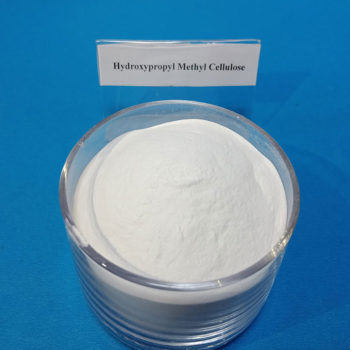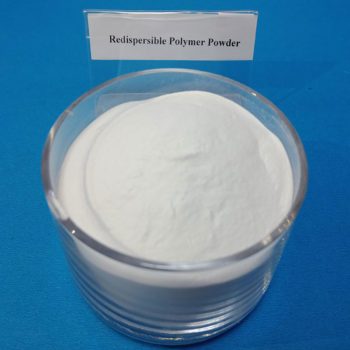China cellulose ether manufacturer
China HPMC factory,have a daily output 150 tons,our products including Hydroxypropyl Methyl Cellulose (HPMC), Redispersible Polymer Powder (RDP) ,which can be widely used in building materials such as dry mix mortar, gypsum based plaster, wall putty, tile adhesive, cement mortar, EIFS, detergent and so on.


Hydroxypropyl Methyl Cellulose (HPMC): Overview and Applications
Hydroxypropyl Methyl Cellulose (HPMC): Overview and Applications
Hydroxypropyl Methyl Cellulose (HPMC) is a versatile non-ionic cellulose ether widely used in construction, pharmaceuticals, food, and daily chemical industries. Known for its excellent thickening, binding, and water-retention properties, HPMC has become one of the most efficient and adaptable additives available today.
What is HPMC?
HPMC is derived from highly purified natural cellulose, which undergoes a series of etherification processes under alkaline conditions. The result is a white to off-white powder with exceptional functional properties.
One of the most distinctive features of HPMC cellulose is its thermal gelation ability. When heated in water, it transforms into a gel, making it suitable for specialized applications where temperature responsiveness is important. It is stable across a wide pH range, resistant to enzymes, and metabolically inert—qualities that expand its usability across many industries.
Key Properties of HPMC
HPMC exhibits multiple functional characteristics that make it a preferred additive:
-
Water Retention – Enhances water-holding capacity, preventing rapid drying and ensuring proper hydration of cement or gypsum-based products. This reduces risks of cracking and poor hardening.
-
Workability – Improves mortar plasticity, making application smoother and more efficient during construction projects.
-
Adhesion – Strengthens bonding between mortar and substrates, ensuring durability and reducing detachment.
-
Slip Resistance – The thickening effect minimizes tile or mortar slippage, especially in vertical applications.
-
Film Formation – Provides excellent film-forming properties, creating strong, flexible coatings.
-
Stability – Demonstrates consistent performance under varying pH conditions, with low ash content and salt tolerance.
Technical Specifications (Typical Range)
-
Appearance: White to off-white powder
-
Methoxy Content: 19–30% (varies by grade)
-
Hydroxypropyl Content: 4–12%
-
Gelation Temperature: 58–90°C (depending on substitution level)
-
Moisture Content: ≤5%
-
Ash Content: ≤1%
-
pH Value: 4–8
-
Viscosity: 300–200,000 mPa·s (customizable)
-
Particle Fineness: 80–100 mesh
The gel temperature, solubility, and surface activity of HPMC vary depending on the methoxy and hydroxypropyl content, allowing customized solutions for different end-use applications.
Applications of HPMC
Thanks to its multi-functional performance, HPMC is applied across a wide spectrum of industries:
-
Construction Materials: Tile adhesives, wall putty, plasters, self-leveling compounds, and external insulation systems. It improves bonding, water retention, and overall durability.
-
Pharmaceuticals: Used as a binder, coating agent, controlled-release material, and capsule shell substitute.
-
Food Industry: Functions as a stabilizer, thickener, and emulsifier in processed foods.
-
Daily Chemicals: Found in shampoos, toothpaste, lotions, and detergents due to its thickening and film-forming capabilities.
-
Others: Paints, coatings, adhesives, and specialty industrial formulations.
Packaging and Storage
-
Standard Packaging: 25kg per bag, HDPE outer bag with LDPE inner liner.
-
Storage Conditions: Store in a cool, dry environment below 30°C. Protect against moisture and heavy pressure to avoid caking.
-
Shelf Life: Up to six months under proper storage conditions.
-
Loading Capacity:
-
20GP: 12 tons with pallets / 14 tons without pallets
-
40GP: 24 tons with pallets / 28 tons without pallets
-
Conclusion
Hydroxypropyl Methyl Cellulose (HPMC) is an indispensable additive for modern industries. Its ability to combine water retention, adhesion, film formation, and thermal gelation into one product makes it not only cost-effective but also highly efficient.
Whether in construction materials to improve mortar performance, in pharmaceuticals for controlled drug release, or in daily consumer products for stability and texture, HPMC continues to prove its value as a reliable and multifunctional solution.